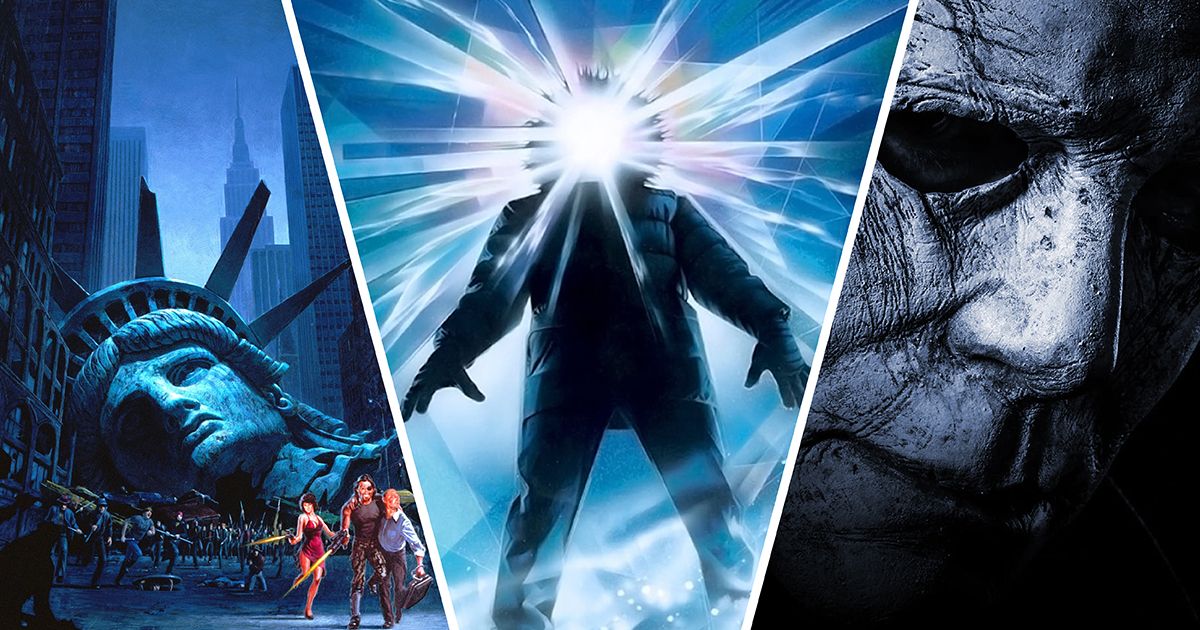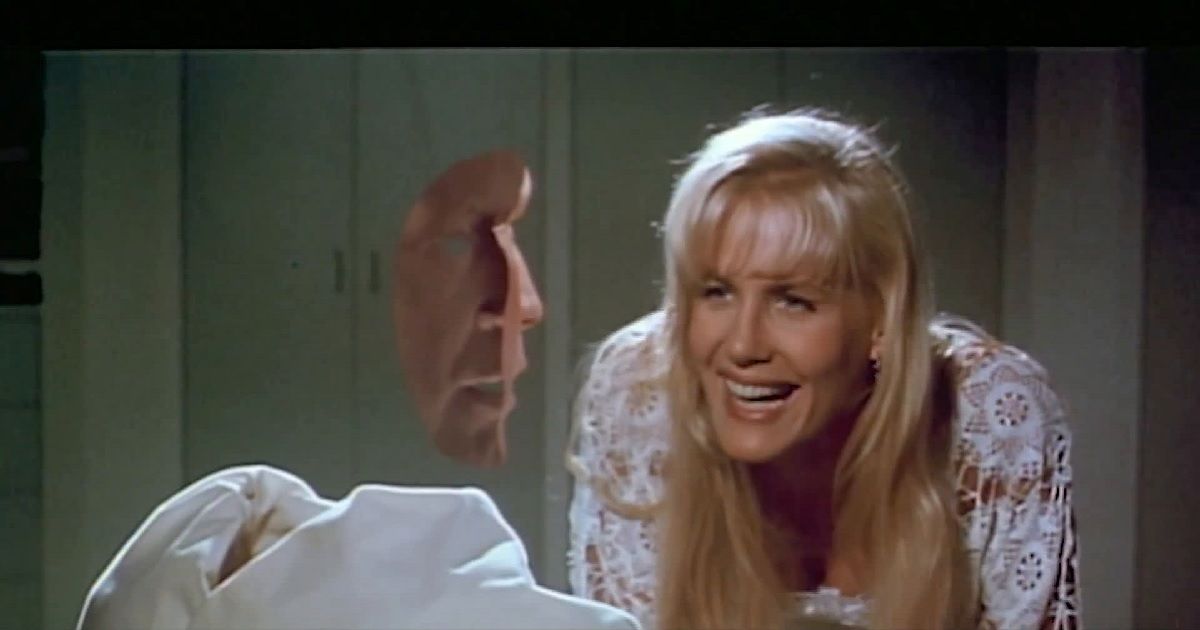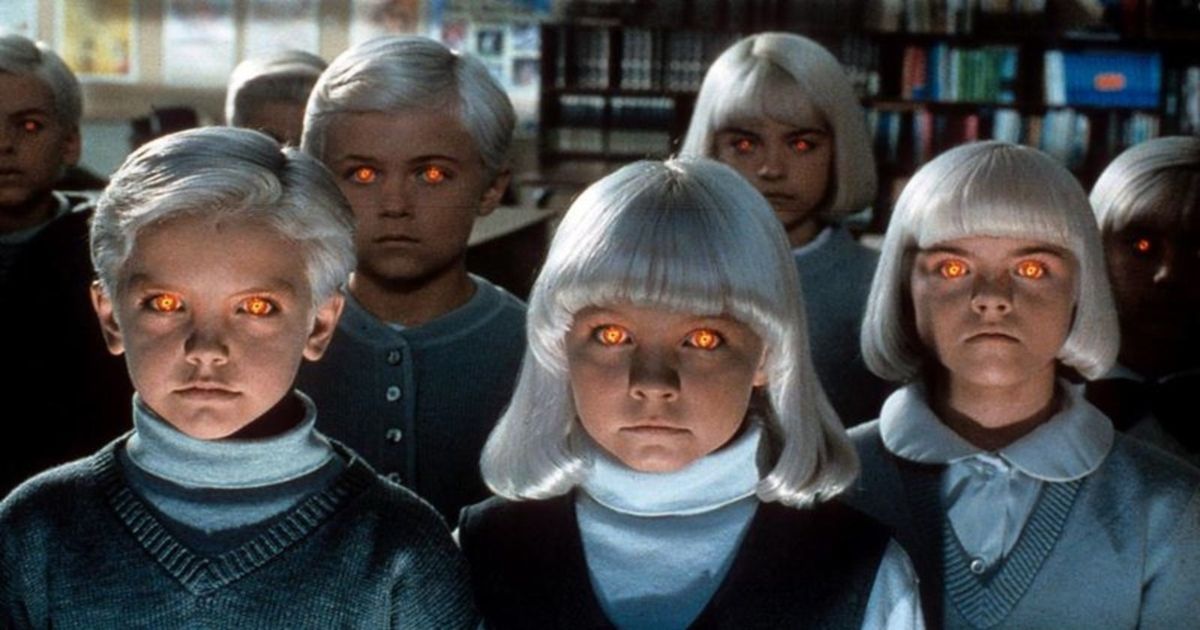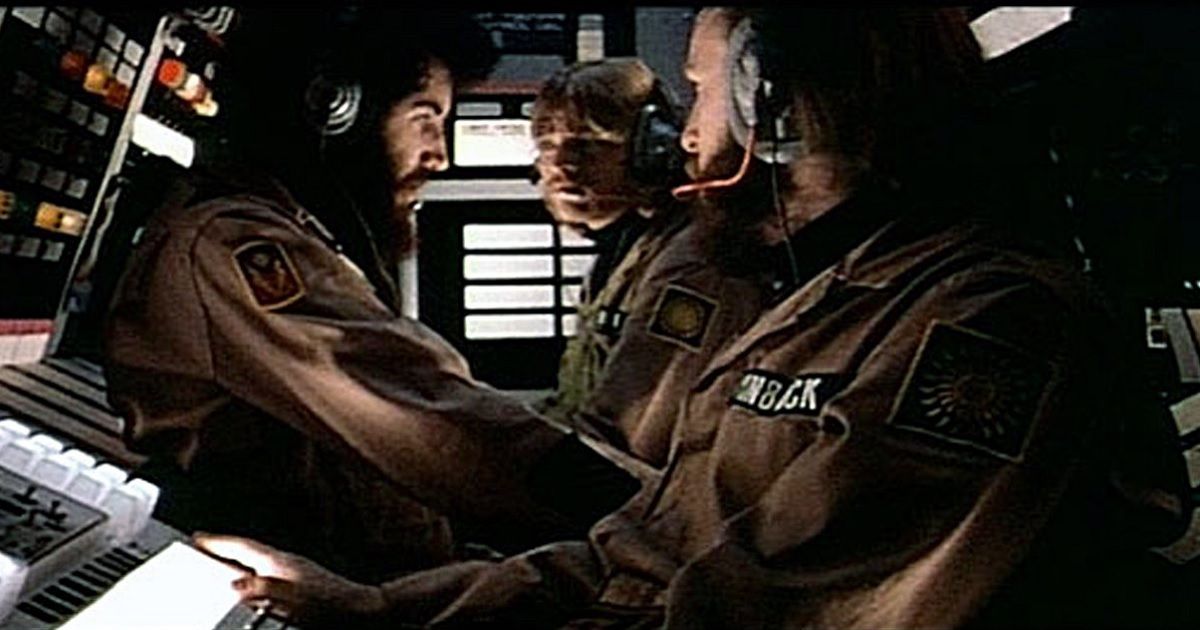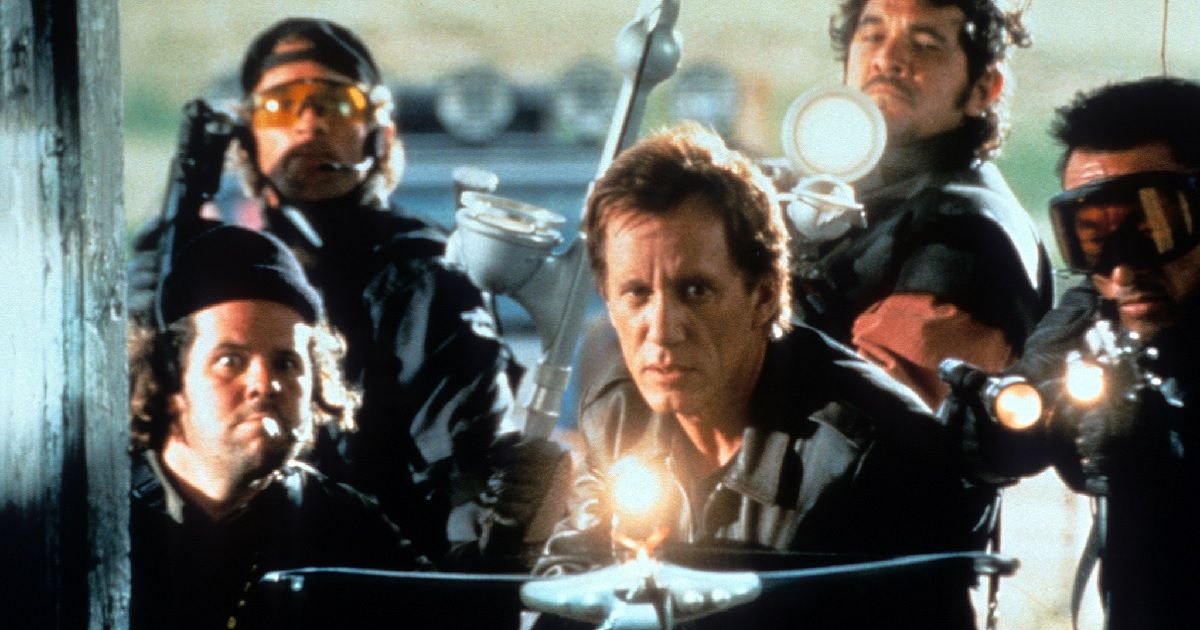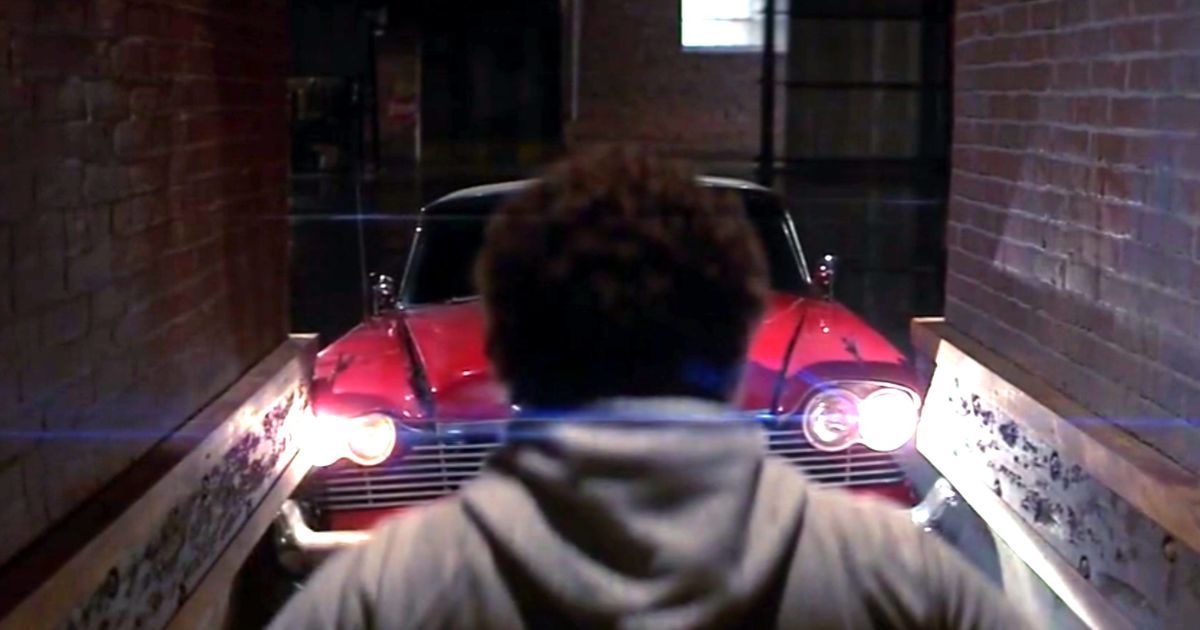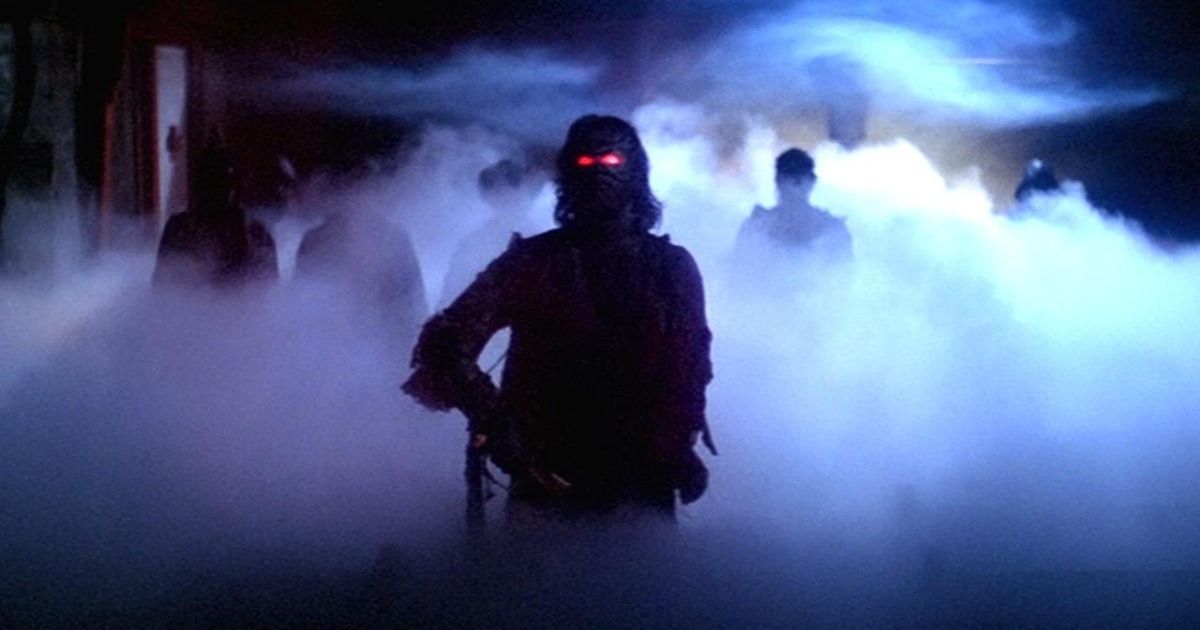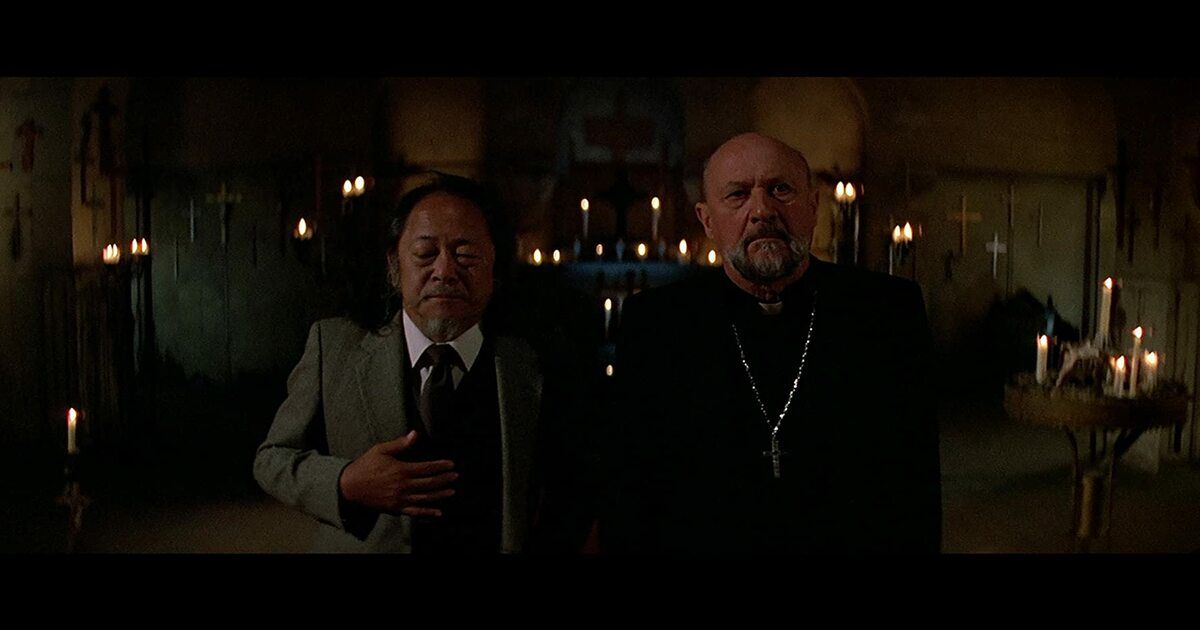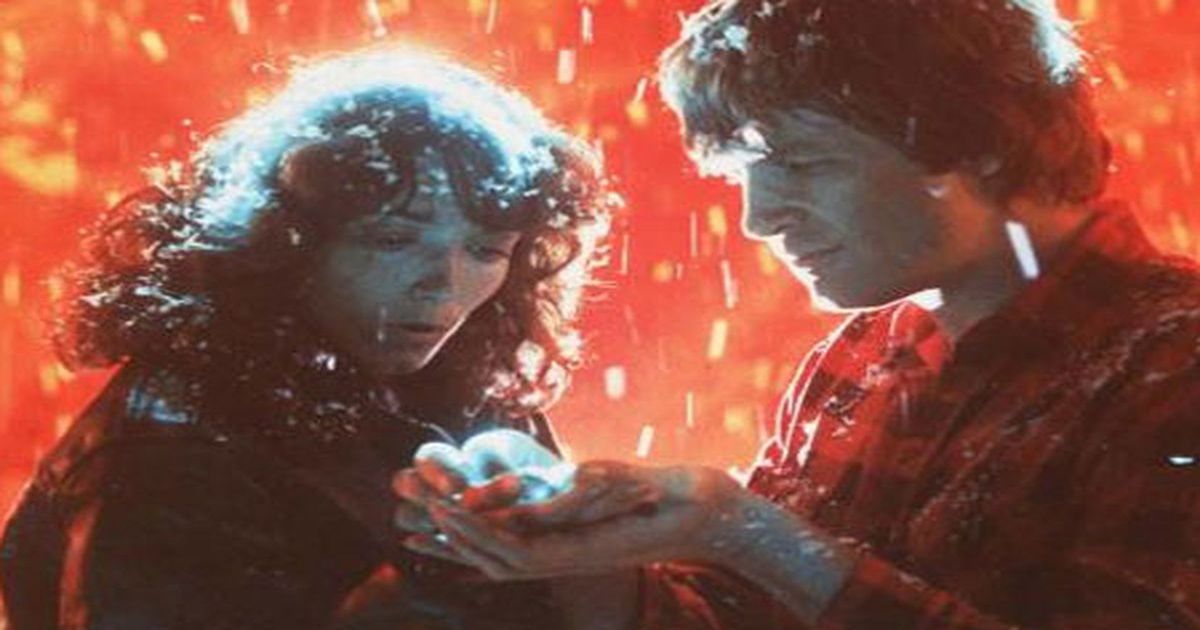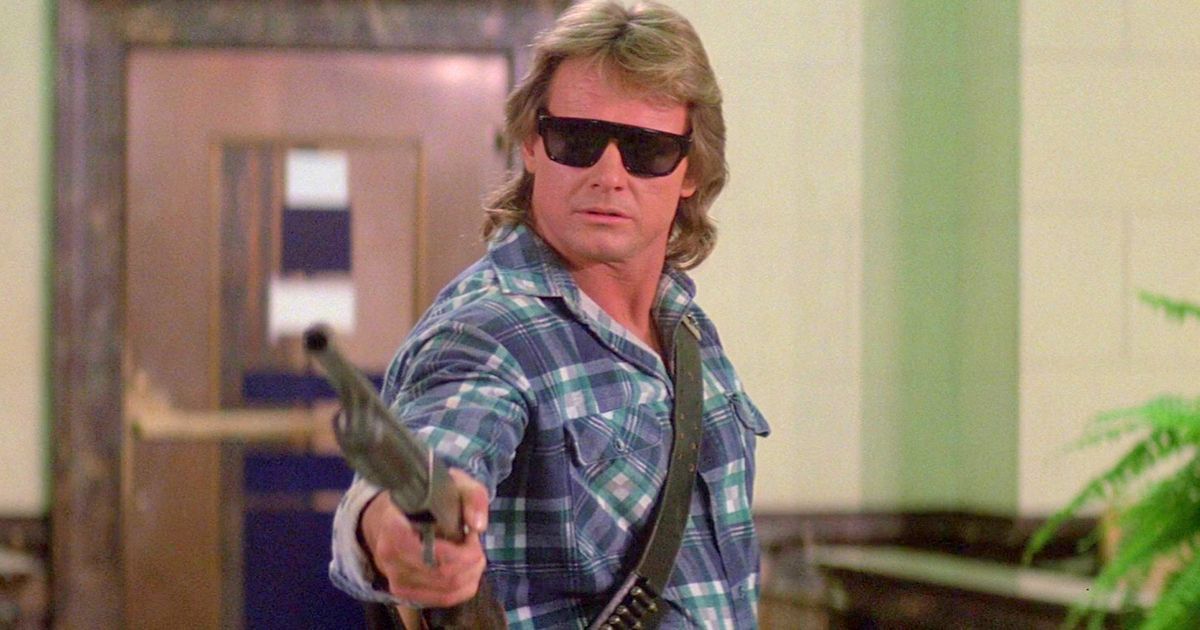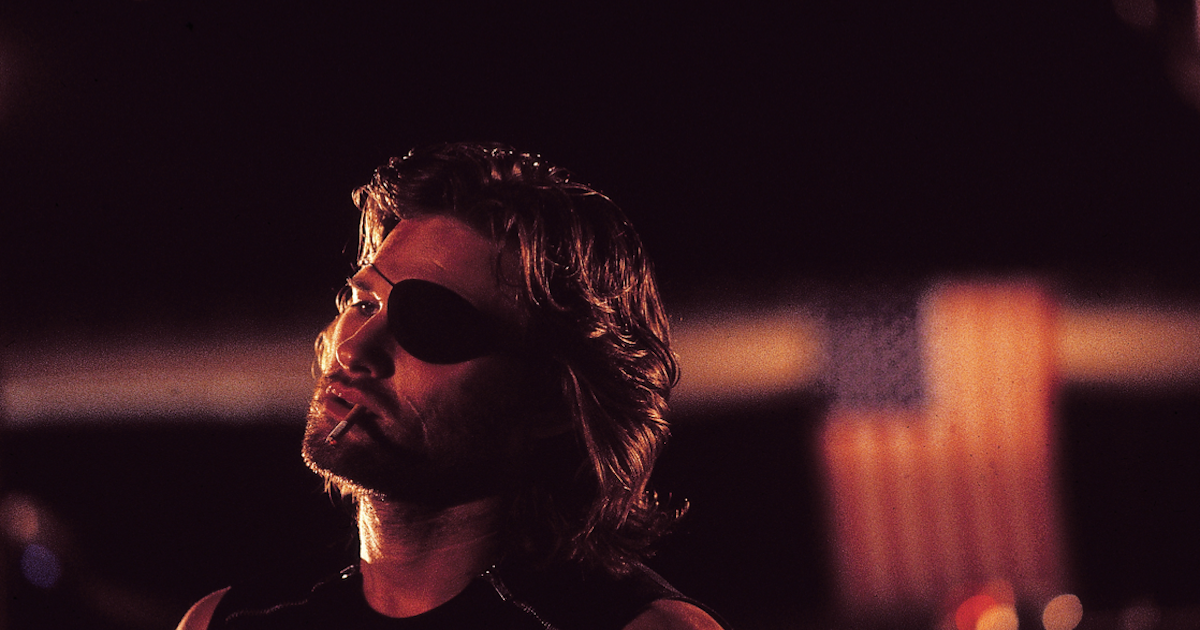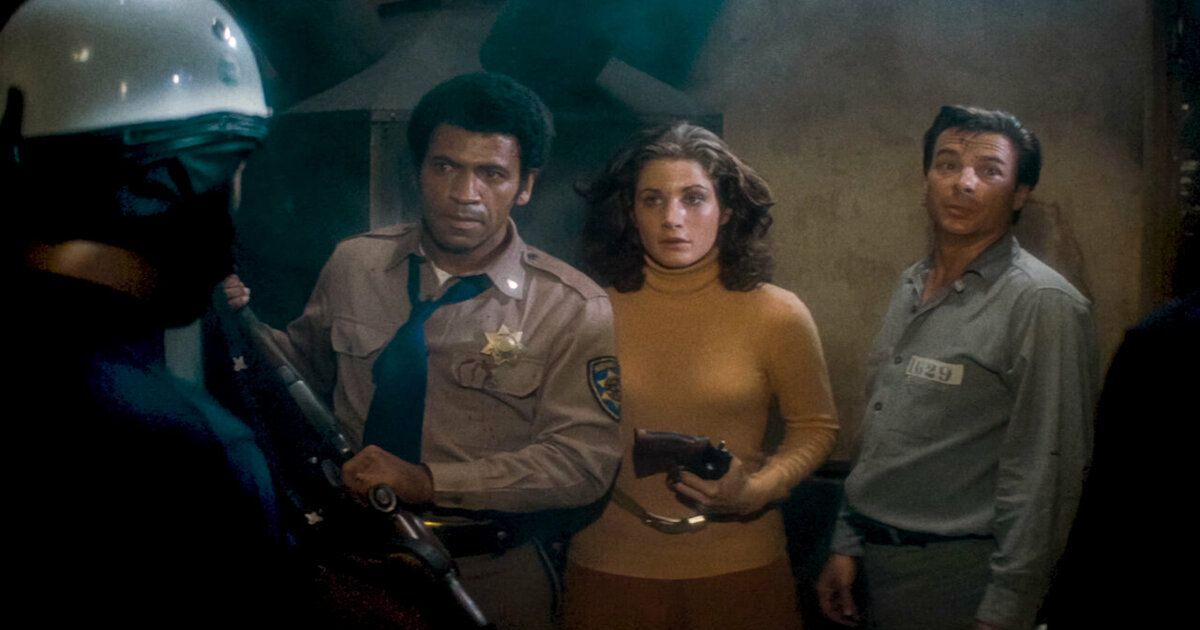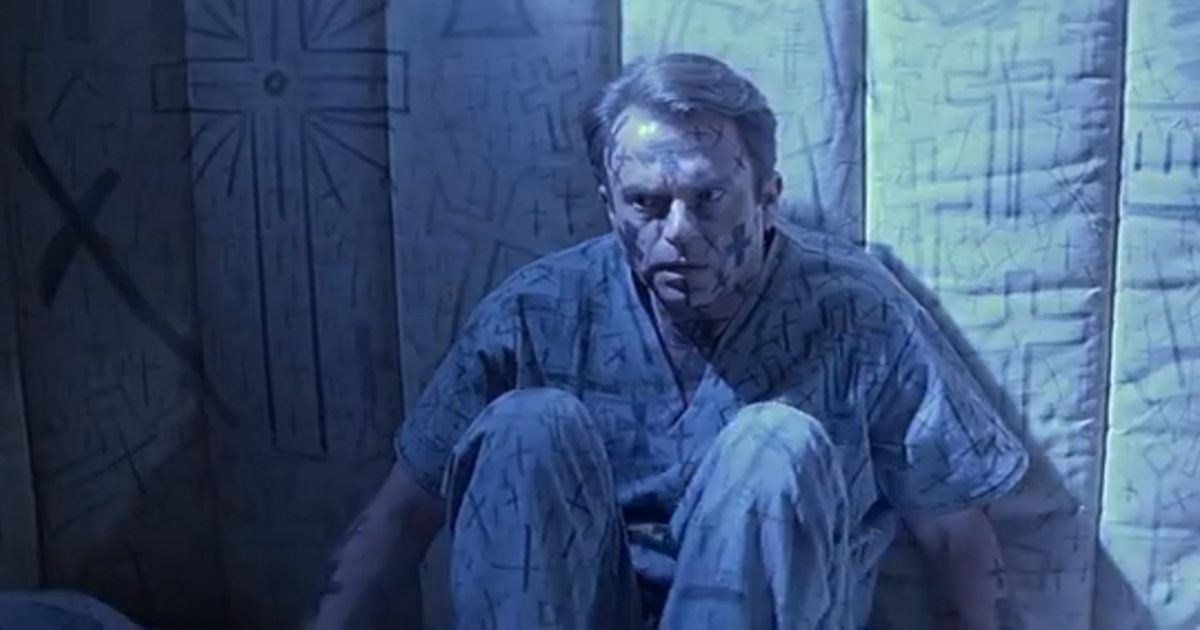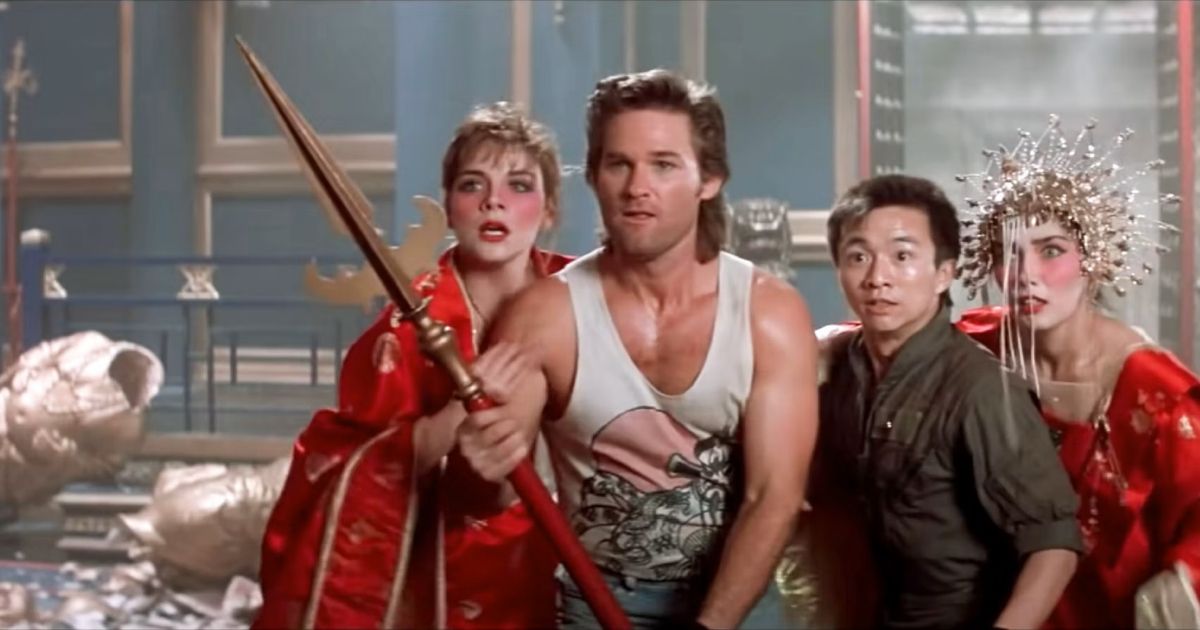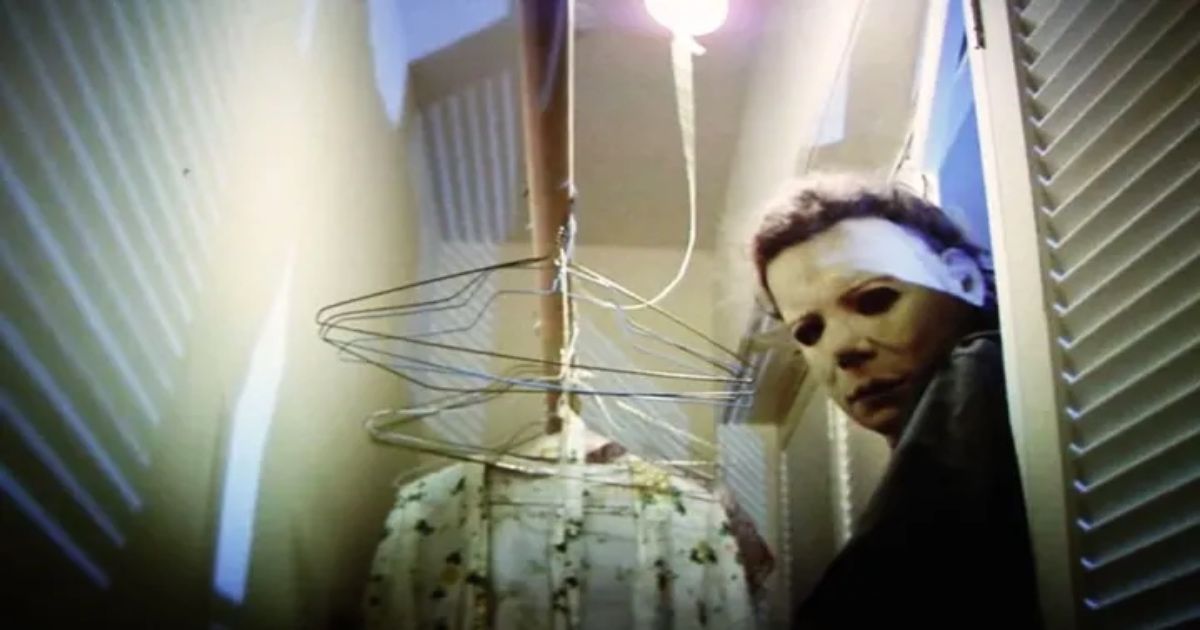The latter half of the 20th century was John Carpenter's playground. The well-renowned master of horror enjoyed a meteoric rise from humble beginnings, producing some of the most memorable movies of the century, like Halloween, Prince of Darkness, and The Thing. These movies went on to become classics in their respective genres, breaking new ground and becoming models for future films that would try to replicate elements of what made them so distinct. Halloween is even considered to be the first true slasher movie. The director was famous for taking on many different elements of production, and notably, he even composed the score for most of his movies and continues to release music today.
Carpenter was a master filmmaker, but he was also prolific, meaning that not all of his films were as well received as the ones mentioned above. How does the rest of his filmography compare to those standout titles? Here are John Carpenter’s best films, ranked.
Updated: May 2023: Are you a fan of John Carpenter? To keep this article fresh and relevant additional content and entries have been added by Danilo Raúl.
15 Memoirs of an Invisible Man (1992)
You'd think Chevy Chase and John Carpenter don't mix at all, and you'll be dead wrong. Memoirs of an Invisible Man is one of the lesser-known offerings in the director's filmography. It's a story about a man who turns invisible after a lab experiment goes wrong. The cast includes Chase, Daryl Hannah, and Sam Neill. The film went unnoticed in 1992, as the odd pairing of talent didn't attract many people to theaters. However, it proved to be an outstanding technical achievement for its time.
Many critics panned the movie for being overtly reliant on these visual effects to tell the story, but in a time when CGI was in diapers, seeing an invisible man smoke, wear clothes and use objects without the help of a green screen was unheard of. The plot mixes sci-fi and comedy, with the usual government agency tracking down this newly created asset to study him and replicate the procedure for warfare. It's a brilliant film with a lot of charm.
14 Village of the Damned (1995)
Village of the Damned is a remake of the 1960 film of the same name and an adaptation of John Wyndham's novel, The Midwich Cuckoos, that includes many of Carpenter's signature beats. The story follows the events of a small town in California, where a rare event causes everyone to lose consciousness for several hours. After nine months, ten women give birth to children with supernatural powers and similar looks.
The movie relies on psychological horror to make its point across. Above everything else, it's a film designed to take you for an emotional ride, as the plot explores the helplessness of being subjected to experiments. The visual showcase of supernatural powers displayed by the children it's also unnerving and intense enough to send chills down your spine. The talented cast includes Christopher Reeve as Alan Chaffee and Kirstie Alley as Dr. Susan Verner.
13 Dark Star (1974)
Dark Star is an early offering by Carpenter, who tested his mettle as a filmmaker and proved he was a competent storyteller capable of engulfing an audience with few resources. The film stars Dan O'Bannon, Brian Narelle, and Cal Kuniholm. The sci-fi comedy follows the misadventures of the spaceship crew named the Dark Star as they face multiple challenges during their mission to destroy unstable planets.
Using minimalism and low-budget practical effects, Carpenter convinces you are watching a low-budget version of 2001: A Space Odyssey. The main caveat is that the crew on the ship is bored out of their minds and must find ways to keep their minds busy, as cryogenic sleep only works for specific periods. The half-sentience of the ship is the source of most of the crew's struggles, and the resolution to the plot feels nihilistic.
12 Vampires (1998)
Never let it be said that Carpenter wasn't unwilling to leave his comfort zone. Vampires is one of his most extravagant ventures, as the director did his best to follow up on the weird trend started by From Dusk 'Till Dawn with his own vampire hunter thriller. The story centers around Jack Crow, brilliantly played by James Woods, who leads a rat pack team of hunters who must track and kill the master vampire Valek, played by Thomas Ian Griffith.
Carpenter makes the story his with bloodthirsty vampires that rely on constant blood to keep their aging in check. Crow's a no-nonsense leader with stops at nothing to get his prey. Valek will stop at nothing to take down the hunter, gather other vampire lords, and find a lost relic that can unleash hell on Earth. The balance between horror and action has a nice pace, and the story, while superficial, has enough twists and turns to keep you interested for most of its runtime.
11 Christine (1983)
After a couple of flops and uncredited works, Carpenter decided it was time to get his mojo back, and he did so in grand fashion by directing and scoring one of the most iconic horror movies of all time. The plot follows a kind-hearted kid named Arnie Cunningham, played by Keith Gordon, who falls in love with an old, Plymouth Fury named Christine. Based on the book of the same name by Stephen King, Christine was his most lauded project after Halloween.
As usual, Carpenter wasn't happy to simply adapt the book. He worked with Bill Phillips to tweak the script and make the menacing car its own identity. Unlike the book, Christine does not contain the spirit of his past owner. The car was a living entity full of evil. Arnie refers to the car as a person and seems unfazed when the car reveals himself to be alive. Arnie grows obsessed as the car overtakes his soul with evil, making him do unspeakable things to anyone threatening him.
10 The Fog (1980)
Ghostly sailors begin killing locals of a small Californian town, enacting revenge for their murders over a century prior to the events of the film. The atmosphere and setting of The Fog have become iconic thanks to the visual flair added by the cinematographers of the film, but the overall reception was generally negative. Like many of Carpenter's films, it was still a commercial success, and a cult following formed in the years after, with many praising its well-realized aesthetic and creepy atmosphere.
Many felt that it was too predictable and that the antagonists had no good characterization or allure, unlike in Halloween. Carpenter himself believed that this was not one of his best films, and chose to undertake a series of re-shoots to reassemble the film after it had been shot. Despite his disdain for it, rumors of a sequel have persisted as recently as 2021.
9 Prince of Darkness (1987)
Combining vague metaphysical concepts from quantum physics and Christianity, Prince of Darkness positions Satan as an extraterrestrial being, whose essence is captured in a bottle and threatens to be released. The onus of the problem is on a group of academics, who are expectedly very unsuited to dealing with the essence of Satan in a bottle. The premise of the film is suitably spooky and would inspire yet another cult following obsessed with Carpenter’s eccentric sense of world-building.
There isn't a strong internal logic to how the demons in this story work, but the practical effects and the cinematography have become incredibly crystallized in the minds of its fans. Critics found the characters unlikable and the plot a little too tenuous to support its scares, but the movie has found a home among die-hard Carpenter fans and those who love the unique aesthetic of '80s horror that the director is responsible for establishing.
8 Starman (1984)
Sporting a fantastic cast, including Karen Allen and Jeff Bridges (who was nominated for an Oscar for his role), Starman had John Carpenter dipping his toes into the sci-fi romance pool. In this film, an alien takes the form of a widow's deceased husband and asks her to take him across the country to his departure point. On the way there, they must avoid scientists and government workers that want to take the alien into custody. Although the film wasn't incredibly popular upon release, it has grown a cult following over the last few decades.
7 They Live (1988)
Surprise, surprise! They Live is yet another Carpenter film polarized in reception between critics and cult fans. In the film, sunglasses allow people to see hidden messages and propaganda in mass media messaging, like billboards and TV ads. They also reveal aliens masquerading as people, who have recruited the ultra-rich to remake Earth in their image.
This film is a critique of unrestricted capitalism, inspired by Carpenter’s disdain for Reagan-era economic policies and his revelations that much of the television he was watching was designed to sell products. The story is undoubtedly silly, ripe with plot holes and unimaginative visual effects, but has been reclaimed by a group of fans who praise its anti-capitalist message and inventive blend of horror and science fiction.
6 Escape From New York (1981)
Escape From New York is another one of Carpenter’s films that would go on to become an inspiration for other brilliant storytellers to create their own vivid worlds. Both Hideo Kojima, creator of the video game series Metal Gear Solid, and William Gibson, pioneer of the cyberpunk aesthetic, have cited Escape From New York as a major influence on their work. Imagining an America shaken by the Cold War, the premise of the film establishes a giant prison zone in what was formerly Manhattan. The story follows Snake Plisskin, played by Kurt Russell, who has to rescue the president from a group of insurrectionists inside the prison zone.
The reception to the movie reveals a common thread of reviewers feeling unsatisfied by Carpenter’s B-movie sensibilities paired with his typically aspirational, sensational subject matter. But it’s that exact combination that enthralls the group of fans who continue to form cult followings around his movies. Carpenter himself mentioned his excitement at the thought of sequels to this film.
5 Assault on Precinct 13 (1976)
Taking his skills with directing horror into the thriller genre, Carpenter received huge critical acclaim (though not without division) for Assault on Precinct 13, which depicts a gang war between a Los Angeles gang and an abandoned police department. Critics praised the incredibly energetic atmosphere and movement that carries the film forward through scenes of escalating violence. As an exploitation film released in 1976, it reflected growing fears about senseless violence through gang warfare and other sources popular at the time. Critics praised the film for successfully bringing his senses for fear-building to an urban warfare environment.
4 In the Mouth of Madness (1995)
Inspired by the works of H.P. Lovecraft, this film explores the same type of mind-shattering insanity that characterizes Lovecraft’s work. In the Mouth of Madness follows a character named Trent, who falls further and further into the world of a sadistic horror novelist whose stories and monsters have materialized into real life. It’s as eccentric a premise as most other works by Carpenter and was lambasted by critics for being hard to follow and implausible.
Some also criticized the movie’s lack of wit, and lumbering plot beats, calling it boring. However, the premises of many modern indie horror movies pull from the same over-the-top and disconnected-from-reality type of stories as Carpenter’s work. It's possible that this film has been overlooked as a major influence on modern horror aesthetics.
3 Big Trouble in Little China (1986)
Stepping out of his horror comfort zone and into the world of action-comedy, Carpenter reunites with Kurt Russell in Big Trouble in Little China. The film follows roughneck trucker Jack Burton (Russell) and his sidekick Wang (Dennis Dun), as they try to rescue their love interests from David Lo Pan, a sorcerer that runs and Chinatown underground crime syndicate.
Not only does Big Trouble in Little China have incredible actors giving memorable performances, but the choreography puts it squarely in the mix for best martial arts movies of the '80s. Carpenter returned to comedy in 1992 with Memoirs of an Invisible Man, but sadly, the Chevy Chase vehicle couldn't live up to Carpenter's classic comedy film.
2 Halloween (1978)
Single-handedly responsible for the creation of the slasher sub-genre, Halloween is a movie that has been immortalized, figuratively by its fans and literally by the Library of Congress. Michael Myers is the personification of evil in this horror-thriller and relentlessly hunts a young girl played by Jamie Lee Curtis in her acting debut.
The success of Halloween is in Carpenter’s masterful way of delaying and releasing tension between scares, making the scariest moments the ones where audiences hold their breath expecting the worst to happen. Modern reception to the movie has been overwhelmingly positive and may be the single most beloved movie by John Carpenter, with the exception of the next entry on this list.
1 The Thing (1982)
A group of researchers in Antarctica encounter an extraterrestrial life form trapped beneath the ice. Upon unearthing it, it begins eating and assuming the form of other life forms, creating a tense atmosphere of paranoia as the researchers try and work out where the parasite is and how to eliminate it. As a study in tension and terror, there are few films that create such a tense mood as effectively as The Thing. Inspired production design and cinematography make this icy setting feel claustrophobic and foreboding between every cut.
Like many of Carpenter’s movies, it was received poorly on its initial release, with many critics degrading its cynical and nihilistic tone and comparing it unfavorably with other science fiction movies of the era. Today, it’s widely praised as one of the best horror stories of its era, and its practical effects have been hailed as a hallmark of ingenuity by the production crew.

